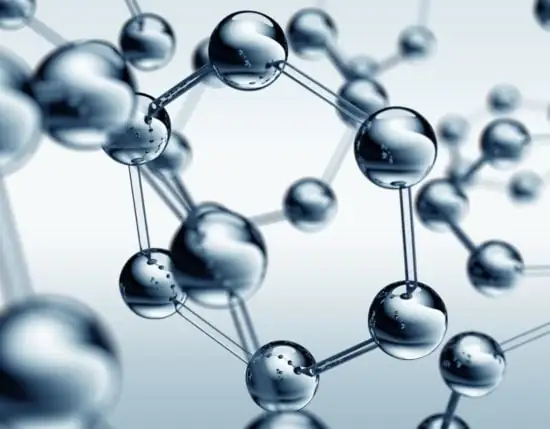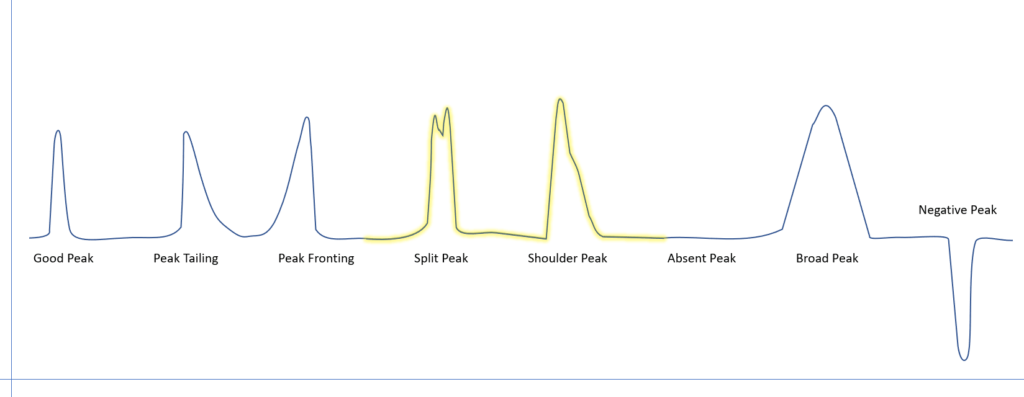Peptide Purity

Peptide Purity: A Critical Factor in Research
In peptide synthesis and research, “purity” refers to the percentage of the desired peptide sequence in a sample, free from impurities such as truncated sequences, deletion sequences, modified peptides, and non-peptide contaminants. High peptide purity is paramount for accurate and reproducible research results.
Why is Peptide Purity Important?
The presence of impurities in a peptide sample can significantly impact experimental outcomes:
-
Inaccurate Results: Impurities can interfere with biological assays, leading to false positives, false negatives, or misleading dose-response curves. For instance, a truncated peptide might bind to a receptor but not elicit the expected biological response, or it might even act as an antagonist.
-
Reduced Potency: If a significant portion of the sample is composed of inactive impurities, the effective concentration of the desired peptide is lower, leading to a perceived reduction in potency.
-
Increased Variability: Inconsistent purity between batches can introduce variability into experiments, making it difficult to compare results or reproduce findings.
-
Safety Concerns (for therapeutic applications): While research peptides are not for human use, in the context of drug development, impurities can be immunogenic or toxic.

Types of Peptide Impurities
Impurities commonly found in synthesized peptide samples include:
-
Deletion Sequences: Peptides missing one or more amino acids from the intended sequence. This occurs when an amino acid fails to couple during synthesis.
-
Truncated Sequences: Peptides that are shorter than the desired sequence, often due to incomplete synthesis reactions.
-
Modified Peptides: Peptides with unintended chemical modifications to amino acid side chains (e.g., oxidation, deamidation, racemization).
-
By-products from Cleavage: Residual protecting groups or side products from the cleavage of the peptide from the resin.
-
Non-peptide Impurities: Residual solvents, salts, or reagents from the synthesis and purification process.
How is Peptide Purity Determined?
The most common and reliable method for determining peptide purity is High-Performance Liquid Chromatography (HPLC).
-
HPLC: This analytical technique separates compounds based on their differential partitioning between a stationary phase and a mobile phase. For peptides, reverse-phase HPLC (RP-HPLC) is typically used. The purity is calculated by integrating the area under the peak corresponding to the desired peptide and comparing it to the total area of all peaks in the chromatogram.
-
Mass Spectrometry (MS): While HPLC determines purity, MS is used to confirm the identity of the peptide by measuring its molecular weight. It can also help identify the nature of impurities.
-
Amino Acid Analysis (AAA): This method confirms the amino acid composition of the peptide, ensuring the correct ratios of amino acids are present.

Purity Levels and Research Needs
Peptide Biologics typically offers peptides at various purity levels to suit different research applications:
-
Crude (50-70% purity): Suitable for initial screening or applications where high purity is not critical.
-
Desalted (60-80% purity): Removes salts and small molecules, but still contains significant peptide impurities.
-
>90% Purity: Standard for most biological assays, cell culture, and in vitro studies.
-
>95% Purity: Recommended for quantitative studies, receptor binding assays, and in vivo animal studies.
-
>98% Purity: Required for demanding applications, structural studies, and critical in vivo experiments where even minor impurities could confound results.
Peptide Biologics: Commitment to Quality
At Peptide Biologics, we understand that the success of your research hinges on the quality of your materials. We employ stringent quality control measures, including comprehensive HPLC and MS analysis, to ensure that our peptides meet the specified purity levels. Our commitment to high purity provides researchers with reliable and consistent compounds, enabling accurate and reproducible scientific discoveries.
